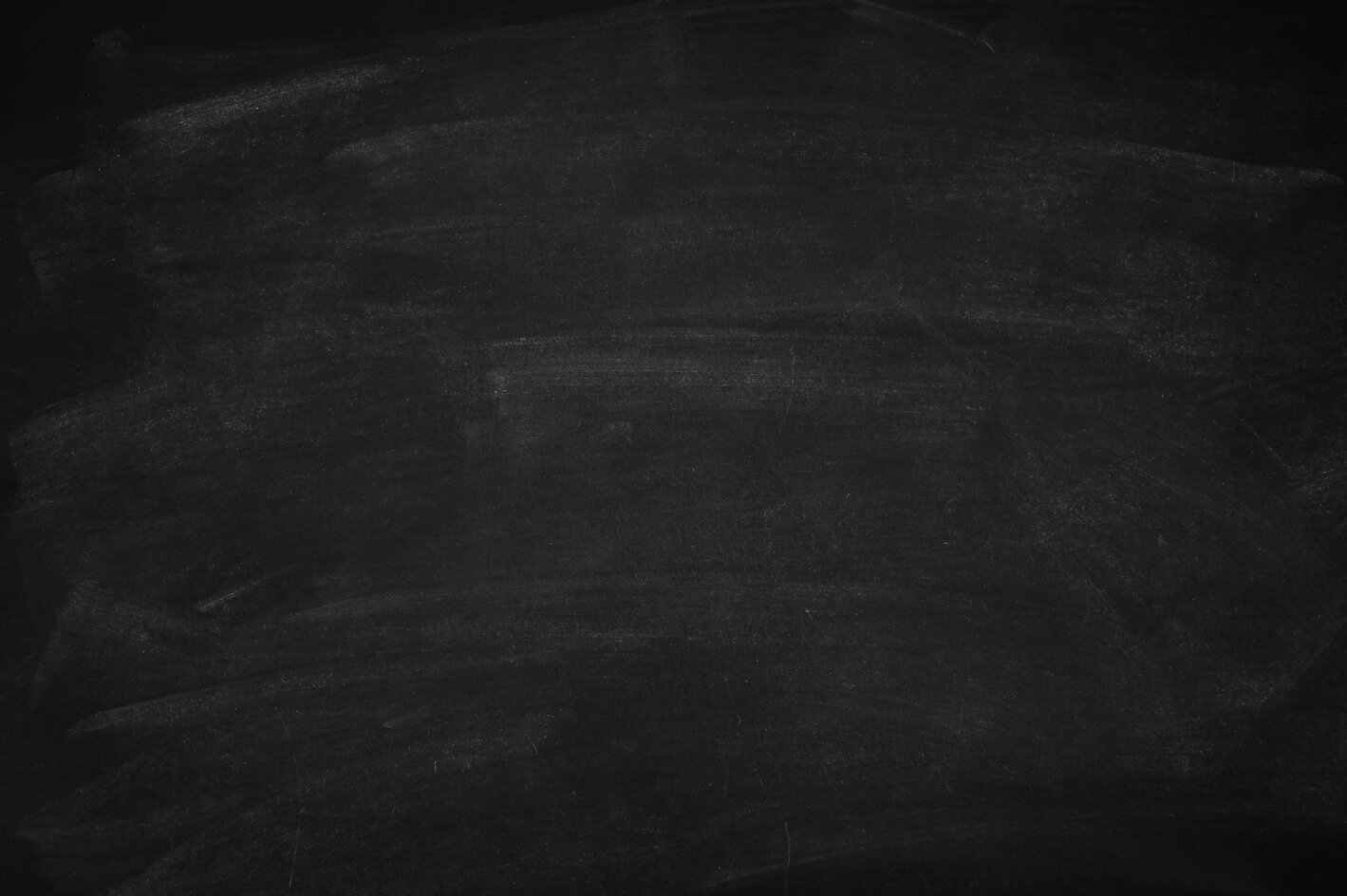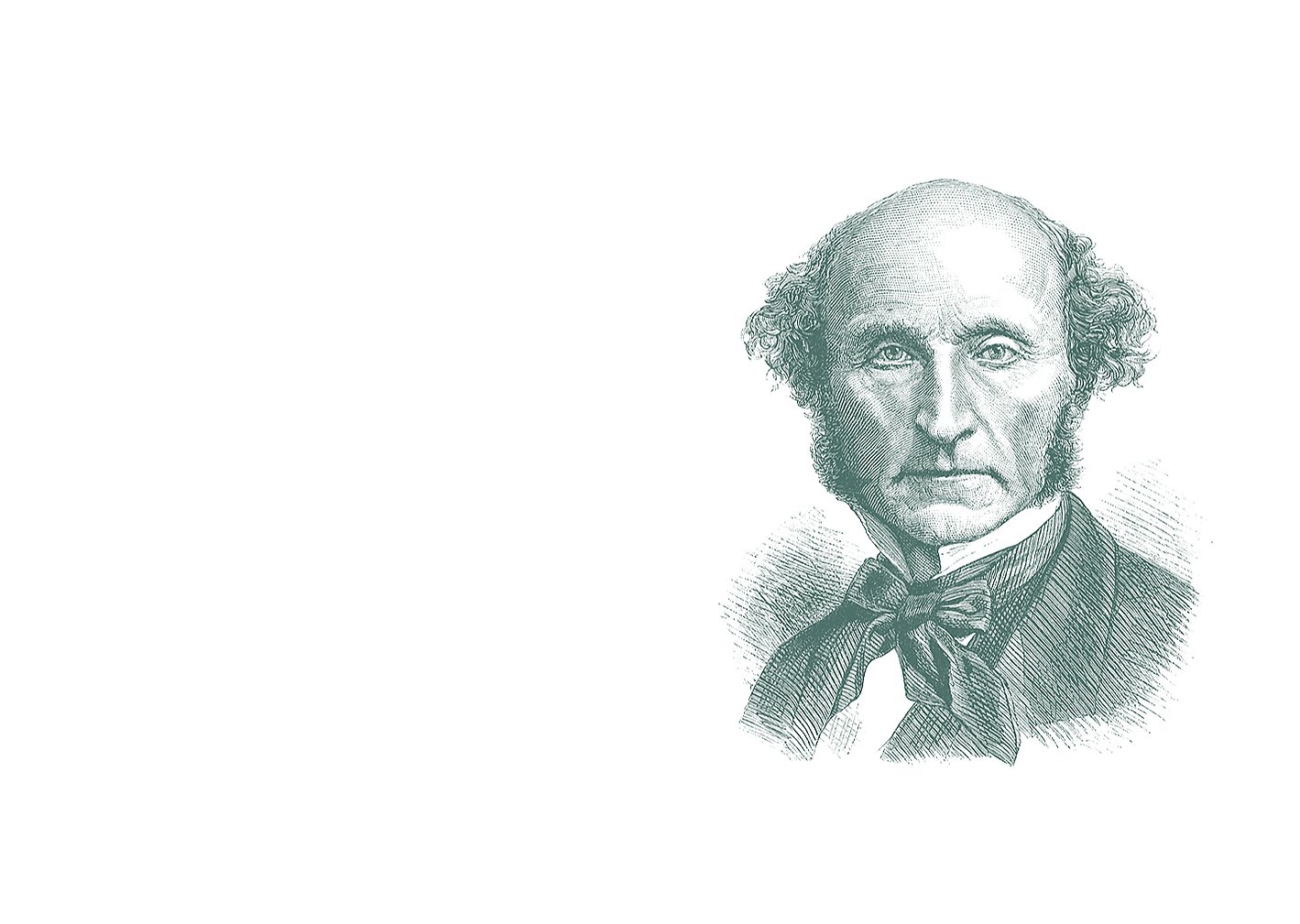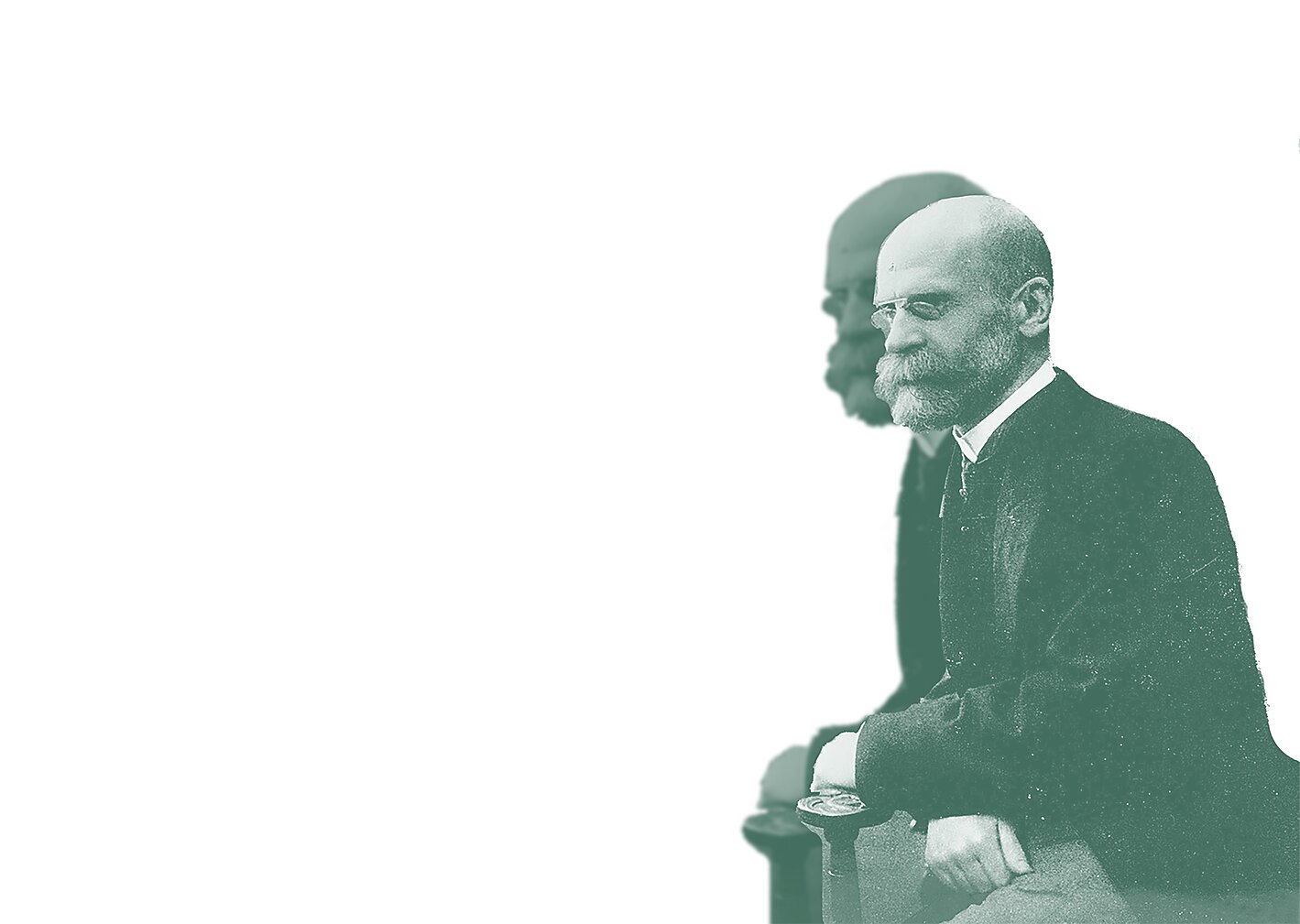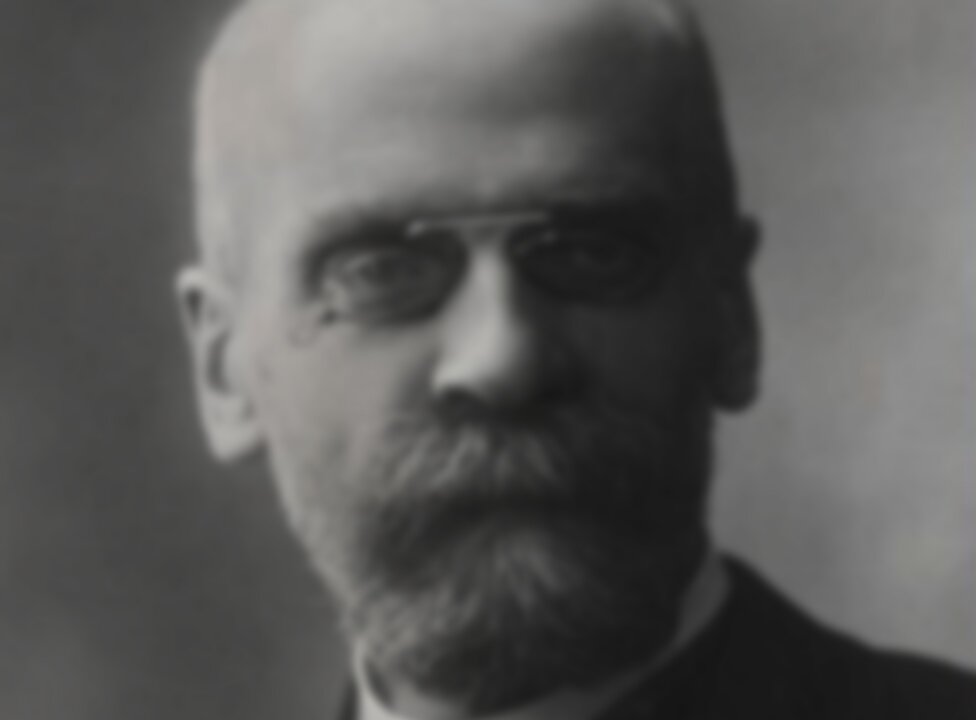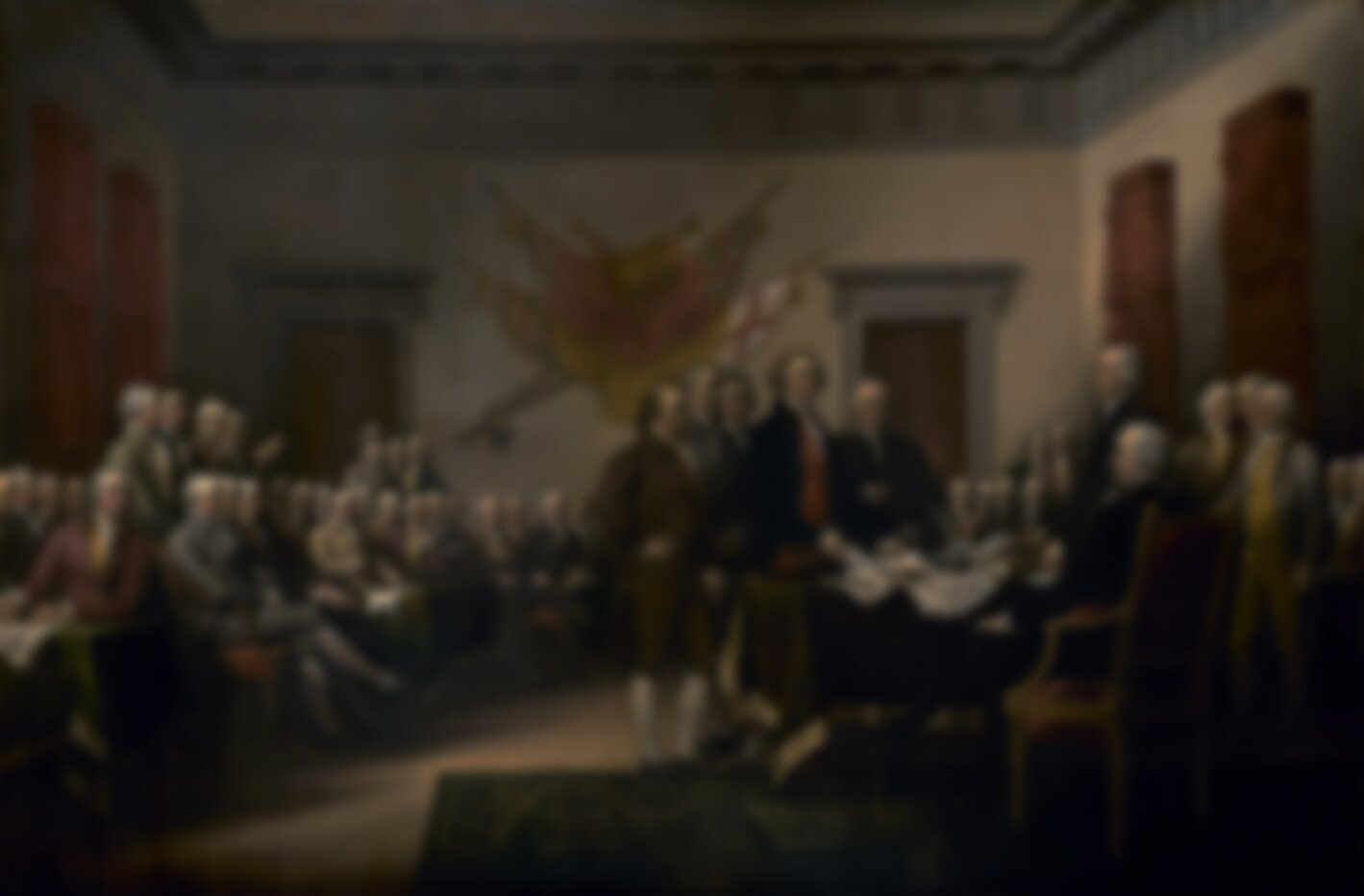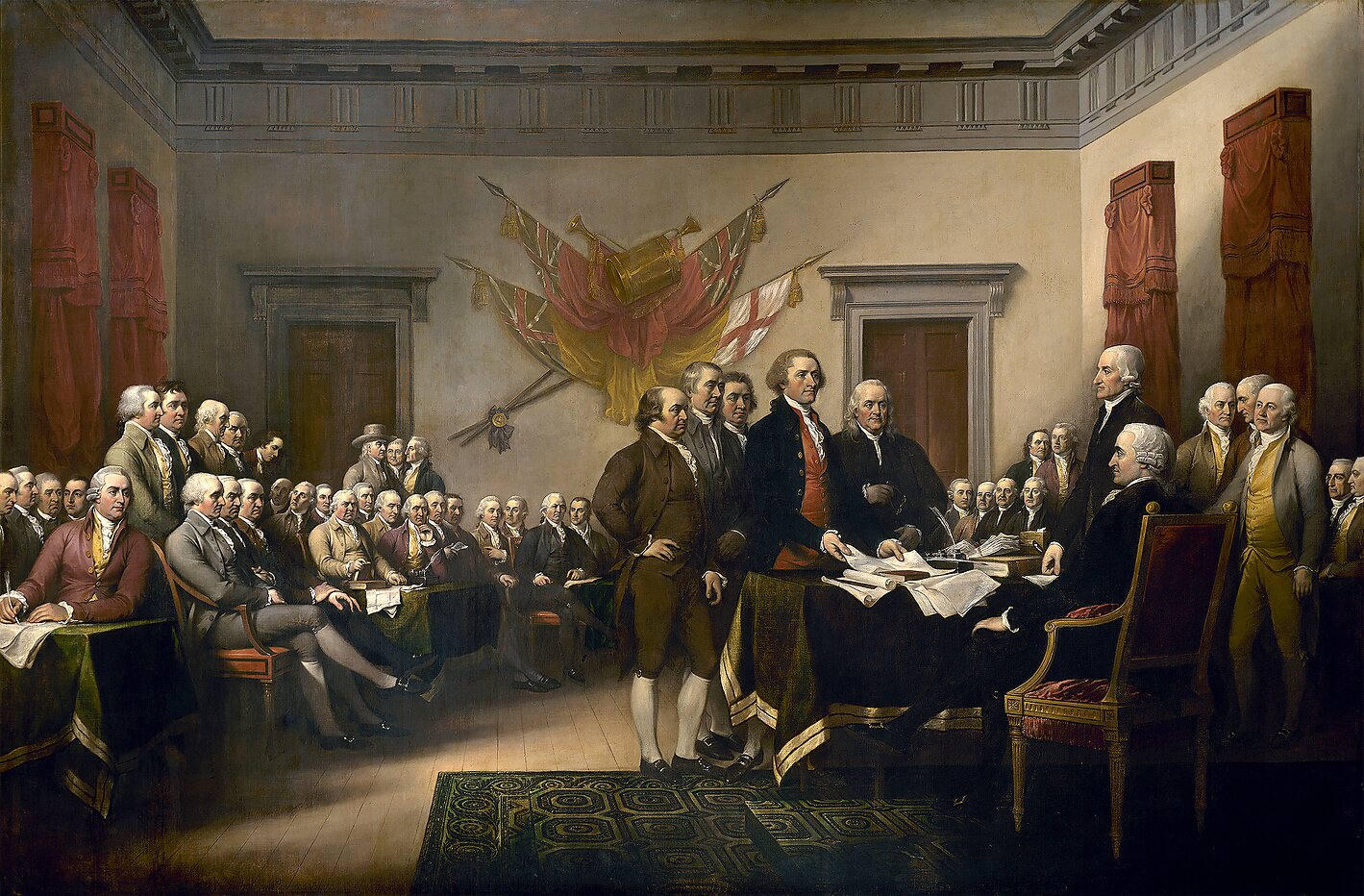“There is no recognized general principle for testing the propriety or impropriety of government interference…
The main thesis of this essay is that one simple principle should govern a society before it compels or control individuals. This applies whether the means of regulation are physical force (legal penalties) or moral coercion (public opinion).
The principle is: The only legitimate grounds on which humans can interfere with the liberty of others are self‐protection or the prevention of harm to third parties.
The physical or moral well‐being of the actors themselves is not a sufficient warrant for interfering. It is wrong to regulate people to make them better/happier — or because others believe it right to do so. These might constitute good reasons for remonstrating, reasoning, persuading, or entreating people — but not for prohibiting or forcing them to act in particular ways.
To justify interference, the conduct must intend causing evil to someone else.
Conduct affecting others is the only part of human conduct amenable to societal control. In conduct about their own persons, the independence of individuals is rightfully absolute. Over themselves — their own bodies and minds — individuals are and should be sovereign…
[T]he principle of liberty requires freedom of tastes and pursuits. Liberty means planning our lives to suit our own characters. We should be able to do what we like if we do not harm others. Other people may think our conduct foolish, perverse, or wrong. However, they have no right to impede it.”
